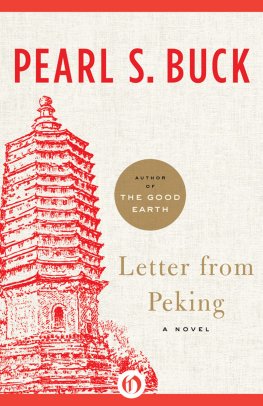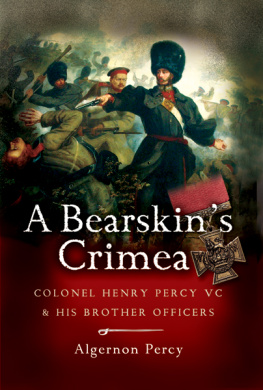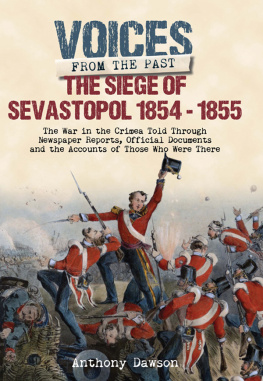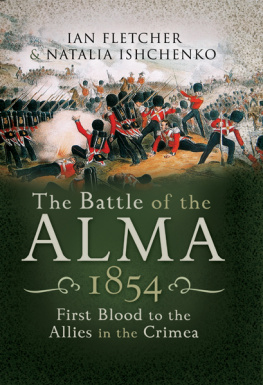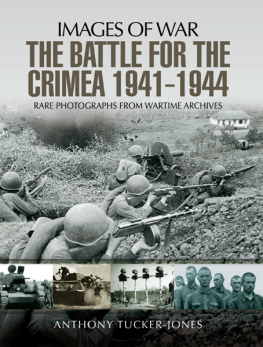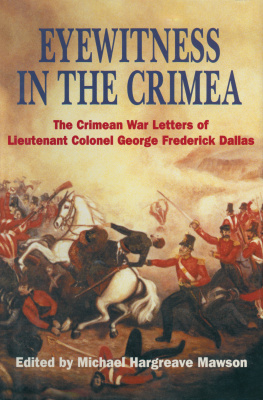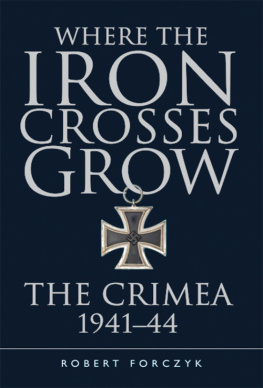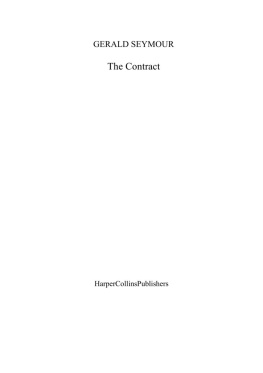First published in Great Britain in 2005 by
Pen & Sword Military
an imprint of
Pen & Sword Books Ltd
47 Church Street
Barnsley
South Yorkshire
S70 2AS
Copyright Michael Springman, 2005
The copyright of the original letters is held by the Regimental
Headquarters of the Coldstream Guards
ISBN 1 84415 237 5
The right of Michael Springman to be identified as Author of this Work
has been asserted by him in accordance with the Copyright,
Designs and Patents Act 1988.
A CIP catalogue record for this book is
available from the British Library
All rights reserved. No part of this book may be reproduced or
transmitted in any form or by any means, electronic or mechanical
including photocopying, recording or by any information storage and
retrieval system, without permission from the Publisher in writing.
Typeset in Plantin by
Phoenix Typesetting, Auldgirth, Dumfriesshire
Printed and bound in England by
CPI UK
Pen & Sword Books Ltd incorporates the Imprints of Pen & Sword
Aviation, Pen & Sword Maritime, Pen & Sword Military, Whamcliffe
Local History, Pen & Sword Select, Pen & Sword Military Classics and
Leo Cooper.
For a complete list of Pen & Sword titles please contact
PEN & SWORD BOOKS LIMITED
47 Church Street, Barnsley, South Yorkshire, S70 2AS, England
E-mail: enquiries@pen-and-sword.co.uk
Website: www.pen-and-sword.co.uk
It has been 150 years, a century and a half, since the Crimean War ended with its record of inefficient and bungled supply chains, inept planning in every part of the Government and lack of a proper command and medical staff. The Prime Minister and the Minister of War set the Army the task of capturing Sevastopol, but the Treasury denied the Army the funds it needed for the proper performance of the tasks it had to carry out.
In the time of the Crimea this was typified by the closing down of the Royal Waggon Train and by a failure to maintain a military staff after Waterloo, in the search to find economies. The chaos in supplying the Army in the Crimea resulted in the resignation of both the Prime Minister and the Secretary of State for War, but not the Chancellor of the Exchequer, who was in charge of the Commissariat and who had held up the supply of fodder for the Army. This problem of a lack of co-ordination between the tasks set the Army by the Government and the funds made available by the Treasury to carry them out continues today.
I am very grateful to Major Edward Crofton, the Regimental Adjutant of the Coldstream Guards, for allowing me to borrow one of their two original typed copies of Lieutenant-General Gerald Goodlakes Crimean letters and to entrust me with the task of editing these letters for publication. Major Robert Cazenove has helped me to locate pictures from the Regimental files. The Regimental Archivist Clerks, Corporal Bingley, Corporal Jones and Guardsman Casey have all helped me in my researches.
The Regiment also possesses a medal board with General Goodlakes medals, his Victoria Cross and his Crimean campaign medal, with clasps for the battles of the Alma, Balaklava, Inkerman and the Siege of Sevastopol, which were given by Mrs Goodlake to the Regiment.
The two identical typed copies of the letters, both dated 5 April 1899, were given to the Regiment by General Goodlakes Widow, Margaret Goodlake. The copy I used was dedicated by Margaret Goodlake, his Widow, to Edward Wilson for his faithful and loving service to General Goodlake VC.
The original copies of the letters are not in the possession of the Regiment and almost certainly do not exist. The General died in 1890, long before these letters were typed in 1899. Without his advice and in the absence of these original letters, it would have been hard to find answers to obvious mistakes. These would have not been detected by a typist, with no knowledge of the Crimean War, who was trying to decipher the text and transcribe the letters. There are frequent misspellings of names of people, places, regiments etc. Infantrie de Maincre was typed instead of Tnfantrie de Marine.
The frequency of letter writing varies very considerably over the period of the War. In certain cases this could be because of operational problems in the field, the loss of letters sent home or their loss at home. Furthermore General Goodlake did not keep the letters from his family.
In the Crimean War there was a severe shortage of writing paper; for this reason, some letters written had writing round the four edges of the paper. In some cases the paper was turned 45 degrees and lines were written at right angles to the original script. Furthermore in the earlier part of the war in the Crimea officers had to write letters in their tents on their laps or else lie on the ground and write on a piece of board. The writing was not therefore of a high standard and would be difficult to decipher, even for parents, wives or other close family members. Tables did not come available till much later in the war, when the troops lived in wooden huts.
There was also misdating of the letters, where the date and location on the letter differ from the timetable of the Guards Brigades movements. Furthermore the matters written about in the letters took place at a different date to that of the date of the letter. In the list of the letters, there are notes on the alterations made in the dates of these letters, explaining why these changes have been made.
It has not been possible to solve all the questions that arise, especially where nicknames are used for brother officers, or to identify all the people mentioned, even after extensive research has been carried out, including research at RHQ, Coldstream Guards.
I have only been studying the Crimean War in detail since I joined the Crimean War Research Society in March 2000 and went on a Battlefield Tour of the Crimea in September of that year. My colleagues in the Society, who have studied the War extensively for many years, have helped me very much in my researches about the Crimean War, and in particular the following Members:-
Colin Robins, late Royal Artillery, the Editor of The Societys Journal, The War Correspondent, has acted as my mentor and guide throughout the writing of the book. He has read the proofs of the book and has suggested alterations. He has also advised me on a wide variety of subjects and in particular on the function of artillery in the war and on the munitions used in the campaign. I am greatly indebted to him for his help and advice, which I asked for and obtained on a regular basis throughout the writing of the book.
Bill Curtis, late Royal Artillery, the former Chairman of the Society, is an expert on musketry and in particular on the Brown Bess Musket, the Pattern 51 Rifle/Musket, the Pattern 53 Rifle, on other weapons and ammunition used in the War and on the drills laid down for firing rifles/muskets on the battlefield. He has given me valuable advice on the use and performance of these weapons during the Crimean campaign. Anthony Margrave has given me advice on foreign medals and on the French Army in the Crimea.
Michael Hargreave Mawson, the Societys Web Master, has given me valuable insights on the French Army and on the medals awarded in the War. Ron McGuigan has extensive knowledge of the command structure of the British Army in the Crimean War. He has helped me to define the command structure of the 1st Division and of the Guards Brigade, which formed part of this Division.


